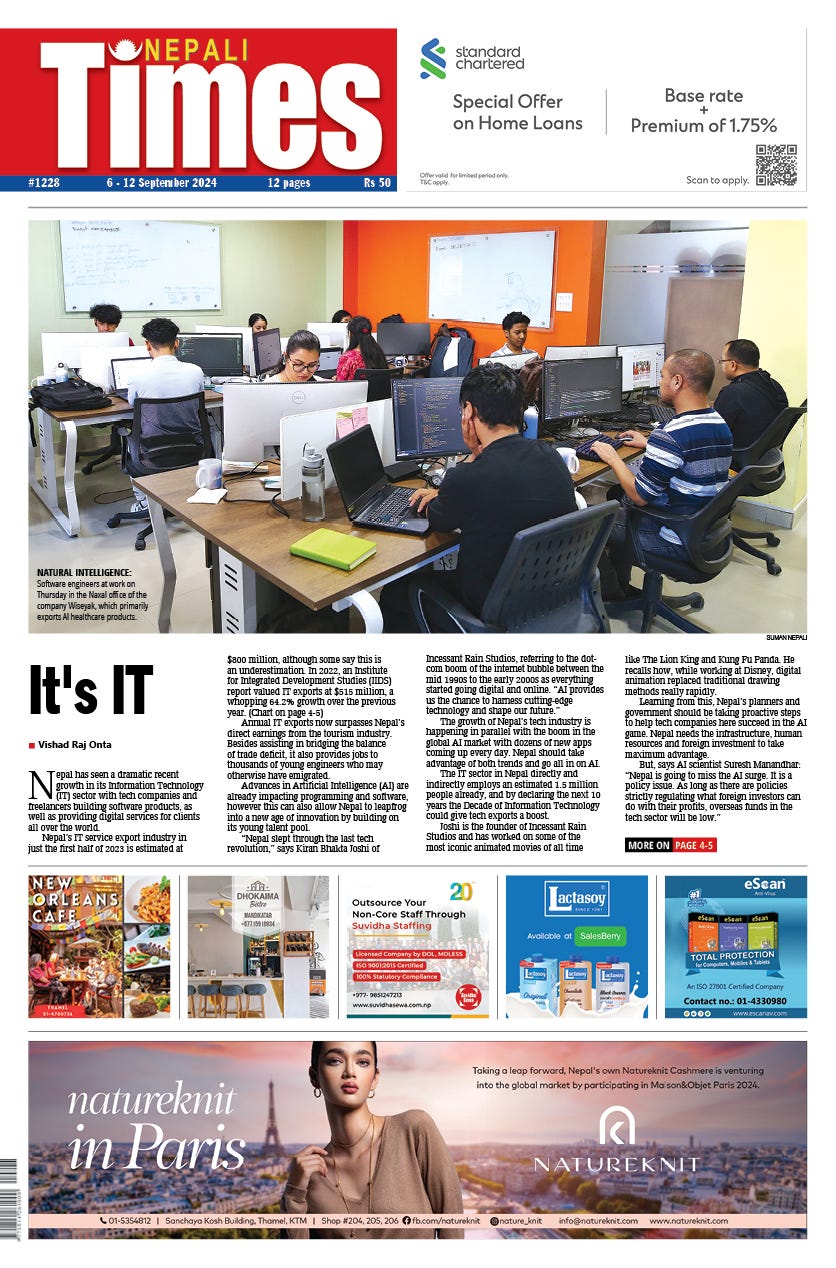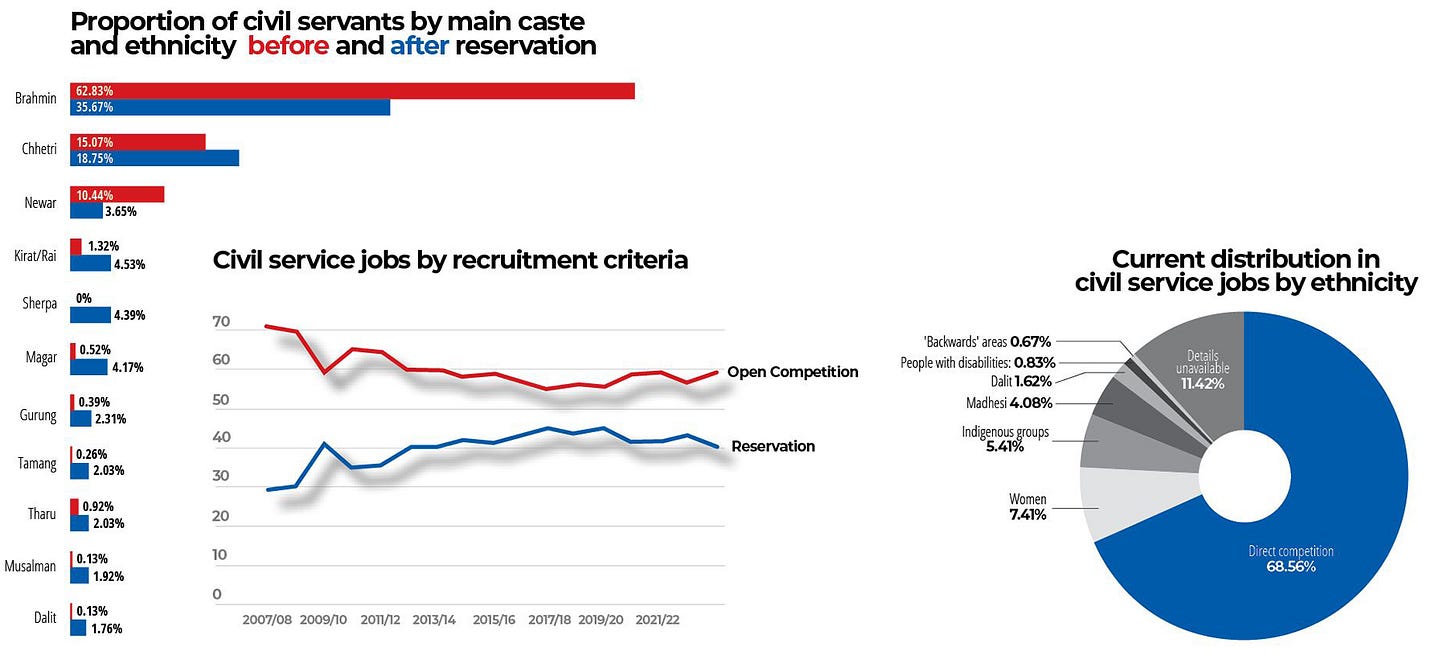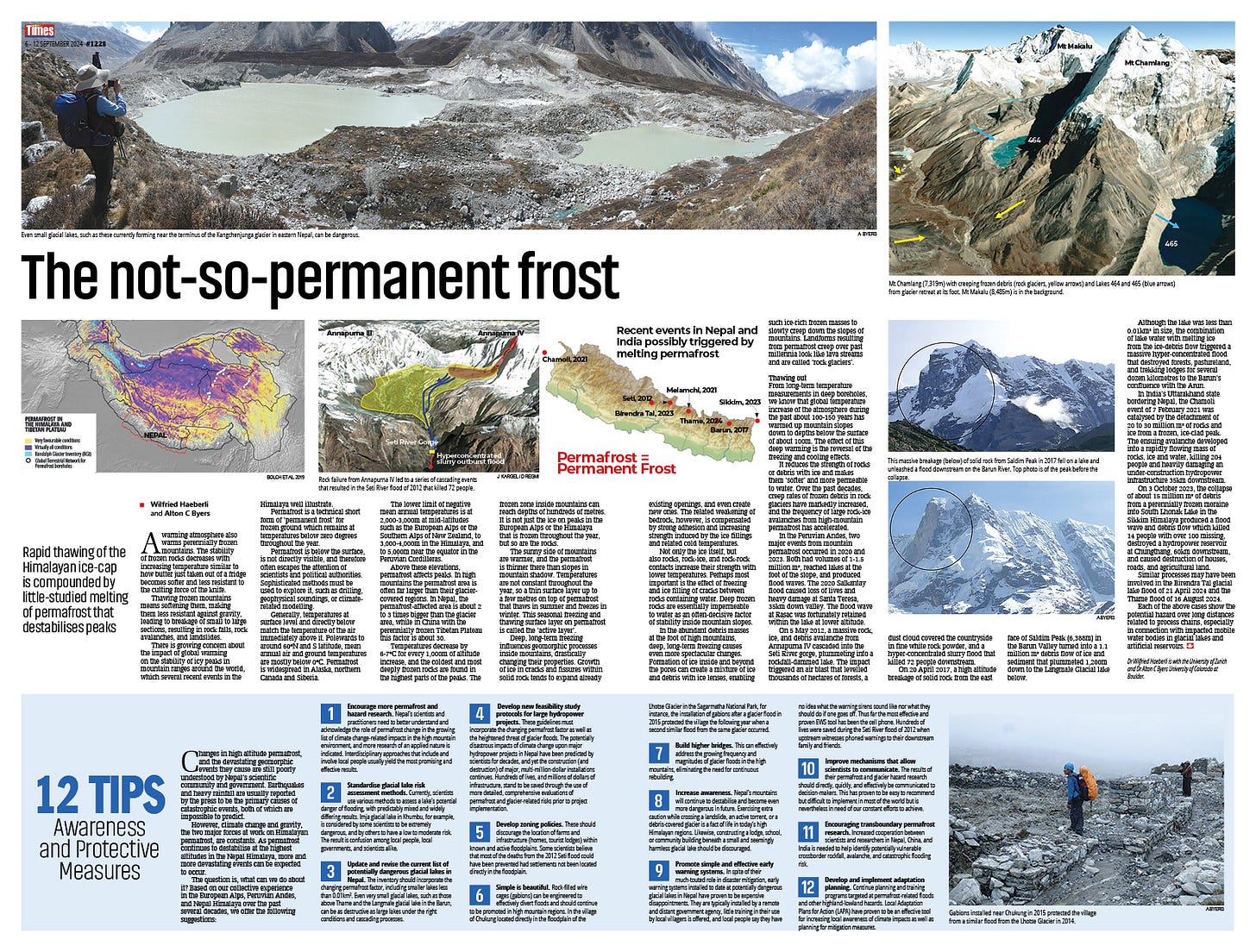Hi all,
Bit woozy here on Tij because of my solidarity fast, and it got me thinking that Nepali women have fasted, as some of them have at least since the Gorkha conquest, so that their present or future spouses are guaranteed health, wealth and 33% of all ministerial berths in the next coalition grabberment.
Some, who for technical reasons did not want their hubs to have any of the above, were observed on Friday whining and dining at the Surya Binayak Party Palace & Bar. Yay!
Some Nepali men have been posting on social media that they just don’t understand why women need another festival to celebrate their downtrodden-ness. What’s the fuss about anyway? They are already assured 33% of all civil service jobs and ministerships. So what if they make up only 3% of the current cabinet, they say, it’s the thought that counts. We just want them to be grateful for our magnanimity.
Some seem worried that at this rate there will be no jobs left for men who hold up the other half of the sky. And what should the gentlemen do about it? Those of the male persuasion seem to have decided that they just have to be even more insufferable and obnoxious than they already are, and guard the last bastion of maledom until the last man is left standing and wolf whistling.
Actually it would be good if a third of all jobs traditionally held by women be reserved for men. Only through affirmative action will men also have a chance to prove themselves to be as good housewives and homehusbands.
Joking aside, take some time to read Special Correspondent Shristi Karki’s punchy editorial ‘Quality of Equality for Women’ which was timed for Friday’s morning’s Tij edition. This line: ‘Just to show who is in charge, the Kathmandu District Administration on Tuesday issued a notice saying any ‘unnecessarily extravagant celebration’ of Tij would result in legal action. Why does Kathmandu’s moral police feel it is necessary to control merry-making on the one day that Nepali women have reclaimed for themselves? Don’t they have bigger fish to fry? Like arresting convicted rapists?’
Related is reporter Dhana Bishwakarma’s investigation ‘Reaffirming Affirmative Action’ (page 10-11) into representation (or lack thereof) for women and other excluded groups in the civil service. Telling statistic: women have only 7.5% of jobs in the bureaucracy.
Noted Himalayan researchers Alton C Byers and Wilfried Haeberli draw attention to the little known phenomenon of permafrost that seems to be the main trigger in recent climate-induced disasters in the Himalaya. In ‘The Not-so-permanent Frost’ (page 6-7) the two authors do a forensic examination of floods in the Seti (2012), Barun (2017) Chamoli (2021), Sikkim (2023) and Thame (2024) and trace them to permafrost-related slope failures that caused glacial collapse. They also provide 12 Tips for awareness and preventive measures to minimise the risk of permafrost melting.
Reporter Vishad Raj Onta in his report ‘It’s IT’ on pages 1 and 4-5 takes a deep dive into Nepal’s exports of digital products that crossed $800 million last year – more than direct income from the tourism industry, and nearly ten times higher than the country’s export of electricity to India. A better investment climate would allow this sector to further grow, creating jobs for tens of thousands of software engineers who would otherwise emigrate.
And on that hope-against-hope note,
Kunda Dixit







Feels good reading Nepali Times.